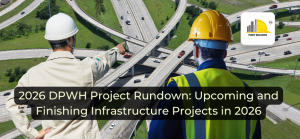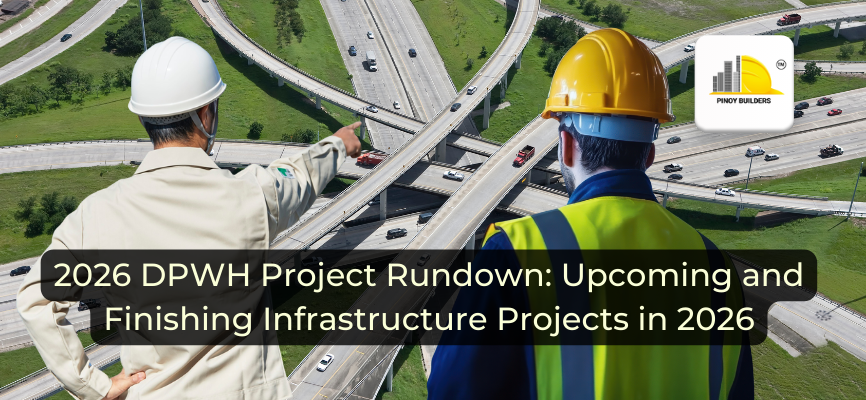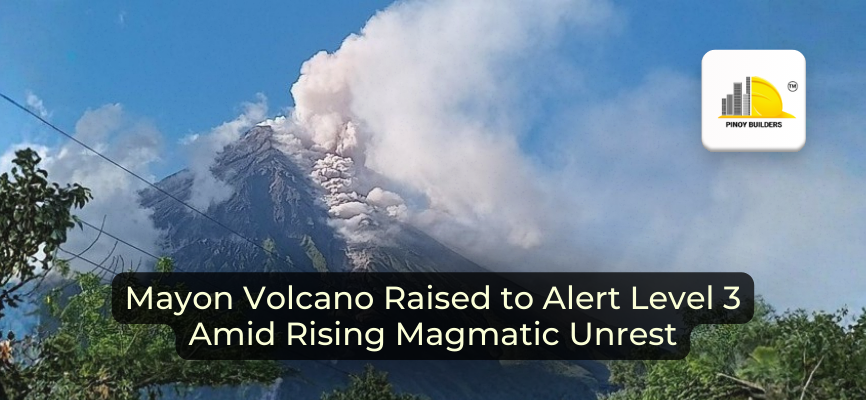Living in a house in a steep area certainly offers a unique appeal. Many properties in popular vacation destinations like Baguio and Tagaytay are built on steep terrain, often promising cooler temperatures compared to the typically hot and dry atmosphere of the metro. This is because steep areas tend to be located in high places such as mountains or valleys.
The picturesque views and serene environment in these areas can make them an attractive option for many prospective homeowners. However, it’s essential to consider the safety and environmental factors that one could face in such conditions before making a significant investment.
Make no mistake, building a property in a steep area is definitely worth it, as long as the property is built correctly. In this article, we will highlight crucial considerations to ensure that your dream home doesn’t turn into a nightmare.
Figure Out If The Property Is In A Landslide-Prone Area
Before finalizing your purchase, it’s essential to assess whether the property is situated in a landslide-prone area. Landslides occur when unstable slopes give way, often triggered by heavy rainfall or seismic activity. Signs that indicate susceptibility to landslides include:
- Cracks in the ground, floor, or walls: Visible fissures in the ground and indoor flooring or structural cracks in the walls can signal that the property is built on unstable land.
- Leaning Trees or Fences: Check for trees or fences around and check if they lean or tilt unnaturally. This may be an obvious sign of shifting ground.
- Sudden changes in landscape or drainage patterns: Ask around or observe the property well before making a purchasing decision. Alterations in the natural flow of water or changes in the landscape can indicate that the property may be unstable.
- Water seepage in unusual places: Unexplained water seepage is not direct indication that the property is in a landslide-prone area, but it can erode the surrounding soil and increase landslide risk.
Make Sure That You Are Prepared For Disasters at Home
Living in a steep area requires thorough disaster preparation to ensure the safety of all residents. While the first step to avoid disaster is to steer clear of purchasing properties in disaster-prone areas, homeowners in such locations can still take measures to increase their precautions. To safeguard your home and family, consider the following tips:
- Create an Emergency Plan and Evacuation Route: Develop a clear evacuation plan and make sure that all family members are familiar with it. This includes setting a ‘meet-up place’ in case calamity happens and members are dispersed, as well as having a list of people or organizations to contact in case immediate family members are not available.
- Assemble a Disaster Supply Kit: Include essentials such as food, water, medications, and first-aid supplies.
- Regularly Inspect and Maintain the Property: Conduct regular inspections of your property and address any maintenance issues promptly.
- Educate Family Members About Landslide Risks: Ensure that everyone understands the signs of a landslide and the necessary safety measures that everyone must take in order to ensure their safety.
Know The Government Programs and Projects for Landslide Aid in the Area
Various government initiatives aim to reduce landslide risks and aid affected communities. According to the PHIVOLCS website, below are the most effective prevention and mitigation measures against possible threats of landslides in the community. Understanding and utilizing these resources can provide additional protection.
1. Hazard Mapping
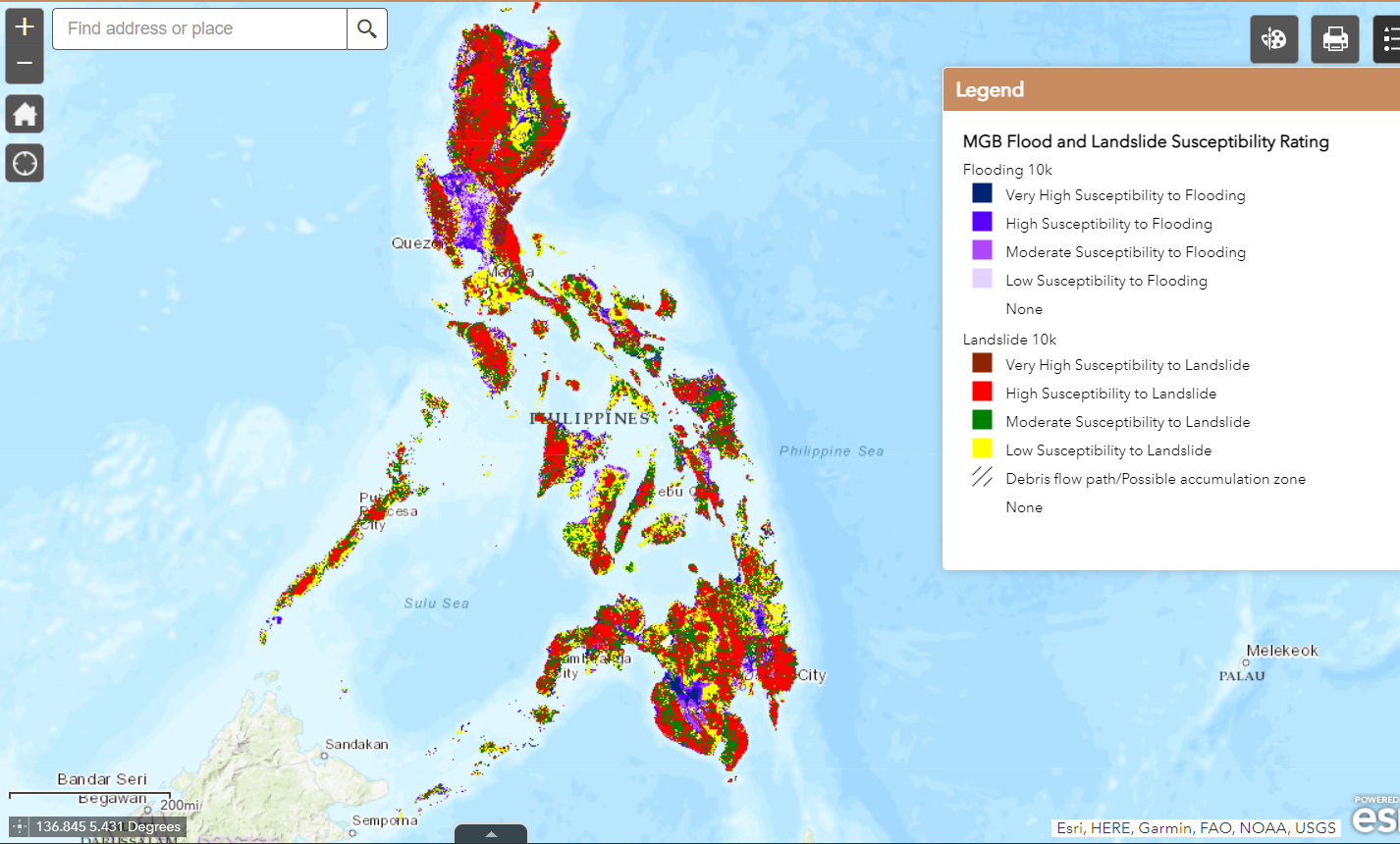
Landslide Susceptibility Maps are valuable tools for assessing risk. These maps highlight areas prone to landslides and can be accessed through local government agencies or online resources. Utilize these resources to deliberate the risks in your prospect property’s area.
You can download the available PHIVOLCS Hazard Maps here. To be able to use the map properly, make sure to read the instructions provided.
2. Early Warning Systems (EWS)
EWS provides timely alerts about potential landslides through weather notifications and real-time monitoring systems that help communities prepare for imminent threats.
In the Philippines, the National Disaster Risk Reduction and Management Council (NDRRMC) sends text alerts to all Philippine-registered mobile numbers, delivering vital information before, during, and after a disaster. Registering in these systems is important for everyone, regardless of whether a property is in a high-risk area or not.
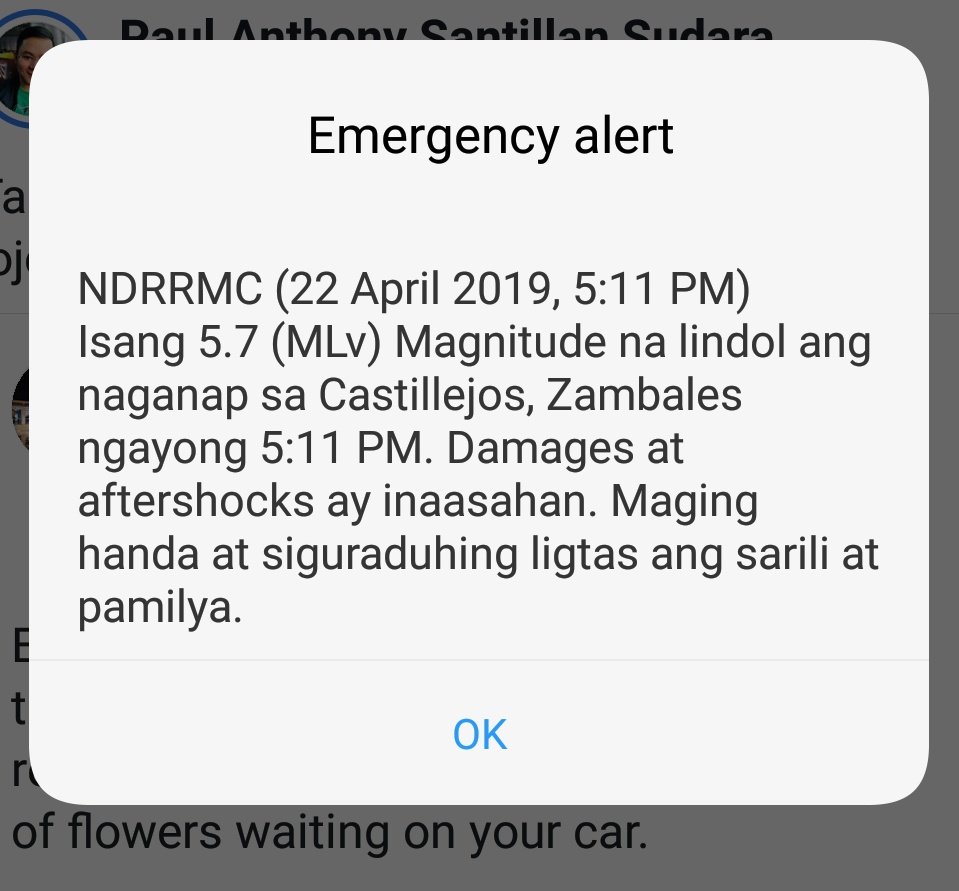
3. Public Information
Staying informed about landslide warning signs and public alerts is crucial. Checking local news and government websites such as The Philippine Atmospheric, Geophysical and Astronomical Services Administration (PAGASA) and the Philippine Institute of Volcanology and Seismology (PHIVOLCS) are both necessary to stay alert and up to date with accurate information.
4. Engineering Intervention Measures
Techniques such as using shotcrete, gabion walls, and benching help stabilize slopes. For instance, Brgy. Puguis in La Trinidad, Benguet, has successfully implemented these measures. Another project is the laying of an erosion control mat and installation of high tensile wire mesh in a landslide-prone section of the Paco-Roxas-Arakan Valley-Jct. Davao Bukidnon Road located in Barangay Poblacion.


5. Erosion-Control Techniques
Areas where bio-engineering methods such as geotextiles made from coconut coir and the planting of vetiver grass are applied may increase resistance to landslides, as these solutions help reduce soil erosion and lower overall landslide risk

Safety First!
Buying a house in picturesque high places can be quite exciting, but it requires careful consideration and preparation. By recognizing the signs of landslide risk, preparing your home for disasters, and leveraging government programs, you can protect your investment and ensure your safety. Stay informed, take proactive steps, and seek professional advice if needed.
For more resources and to stay updated on government initiatives, consult local authorities and relevant agencies.
Don’t let the allure of steep landscapes overshadow the importance of thorough due diligence. Although high areas do have their special appeal, it is still important to equip yourself with knowledge so that you can enjoy your new home with peace of mind.
References
(n.d.). Landslide Preparedness. Retrieved August 5, 2024, from https://www.phivolcs.dost.gov.ph/index.php/landslide/landslide-prepareness
(n.d.). HOME. Retrieved August 5, 2024, from https://www.phivolcs.dost.gov.ph/
DPWH Implements Engineering Interventions for Landslide-Prone Road Section in North Cotabato | Department of Public Works and Highways. (2024, July 16). DPWH. Retrieved August 5, 2024, from https://www.dpwh.gov.ph/dpwh/news/34452
Flores, M., Paul, S., & Elgood, G. (2024, February 11). Philippine landslide death toll climbs to 54. Reuters. Retrieved August 5, 2024, from https://www.reuters.com/world/asia-pacific/philippine-landslide-death-toll-climbs-35-2024-02-11/
Ross, O. (2022, July 8). MGB reiterates importance of geohazard maps in disaster preparedness. PIA. Retrieved August 5, 2024, from https://mirror.pia.gov.ph/news/2022/07/08/mgb-reiterates-importance-of-geohazard-maps-in-disaster-preparedness




